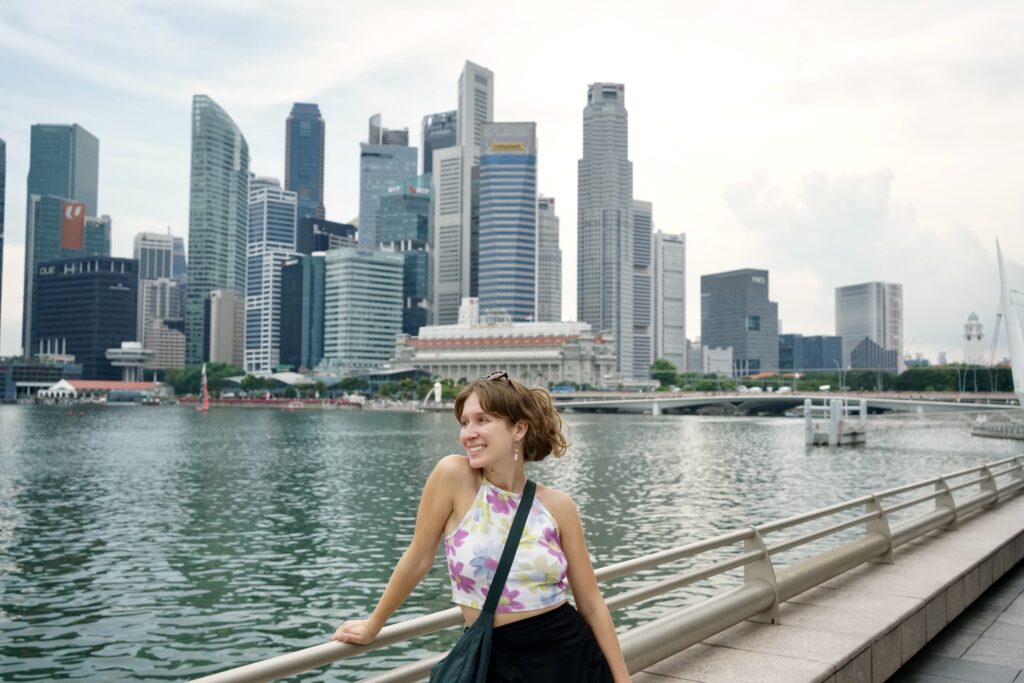
Singapore is the city of the future. It was designed with humans in mind, giving people access to nature, delicious food, and cultural sights within a small area. While there aren’t any flying cars (…yet), Singapore’s public transportation is one of the best in the world, making it a breeze to explore this city-sized country.
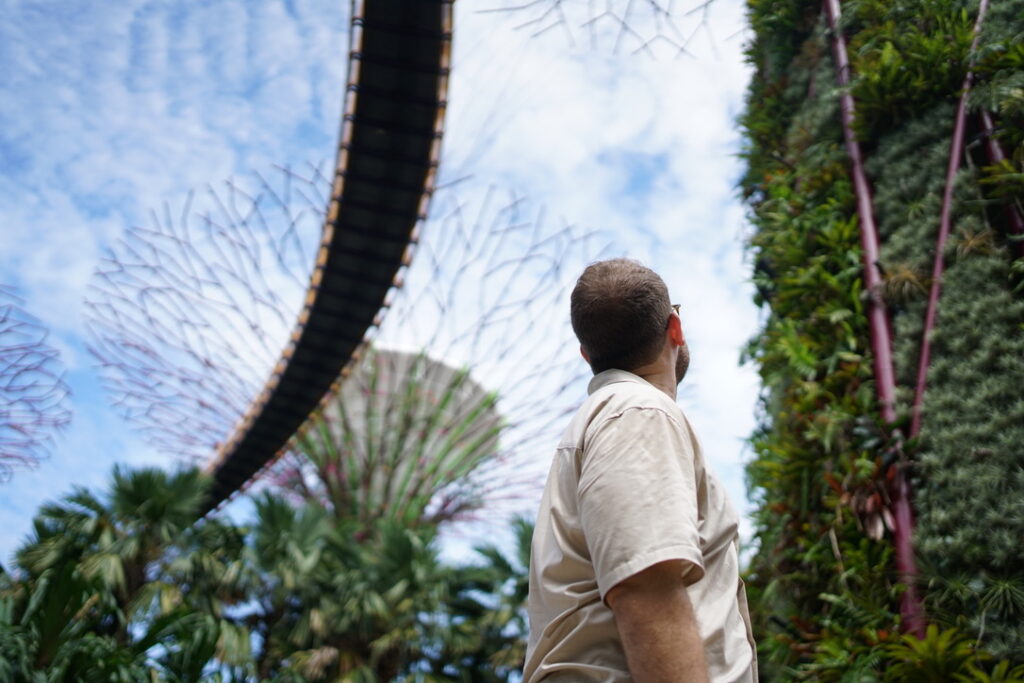
Singapore’s geographic position as the heart of Southeast Asia has transformed this tiny city-state into an international tourist destination. It’s a great addition to any Southeast Asia itinerary, especially because it can be cheaper to fly into Singapore before jet-setting to other popular destinations like Bali or Thailand.
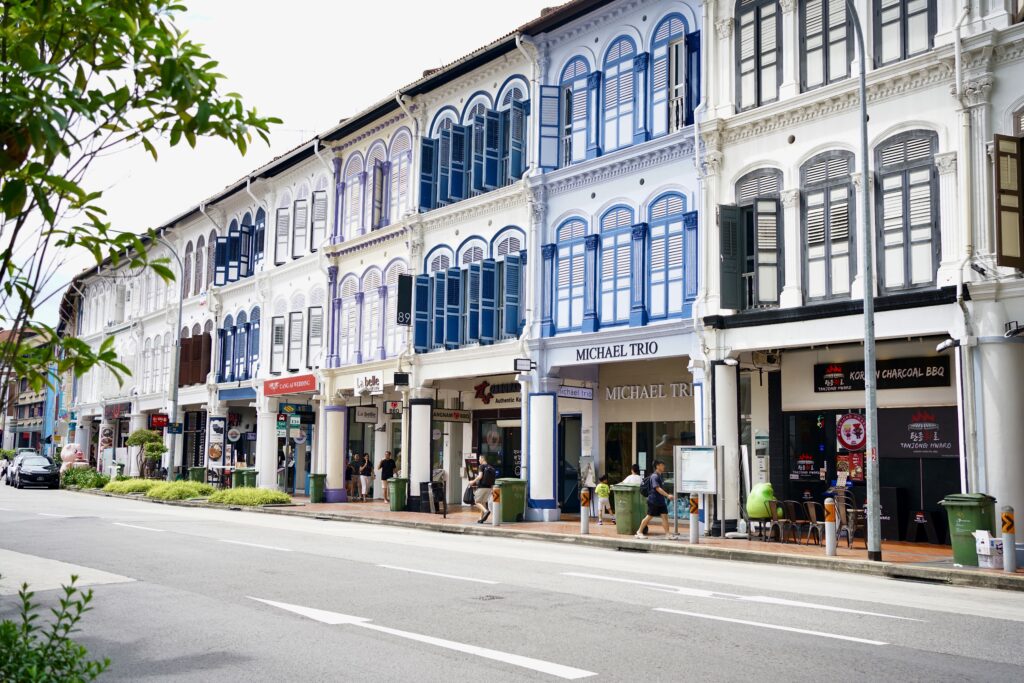
This guide will tell you everything you need to know about visiting Singapore. Despite its small size, there are a surprising amount of things to do in Singapore to fill your itinerary. This guide is divided into “The Hit List,” which includes the must-see and -do spots and “Even more things to do,” which features popular spots people visit.
Let’s get into it.
The Hit List
Whether you’re visiting for three days or 24 hours, these are the top must-see places that you’ll want to see on your trip to Singapore.
Go to Gardens by the Bay
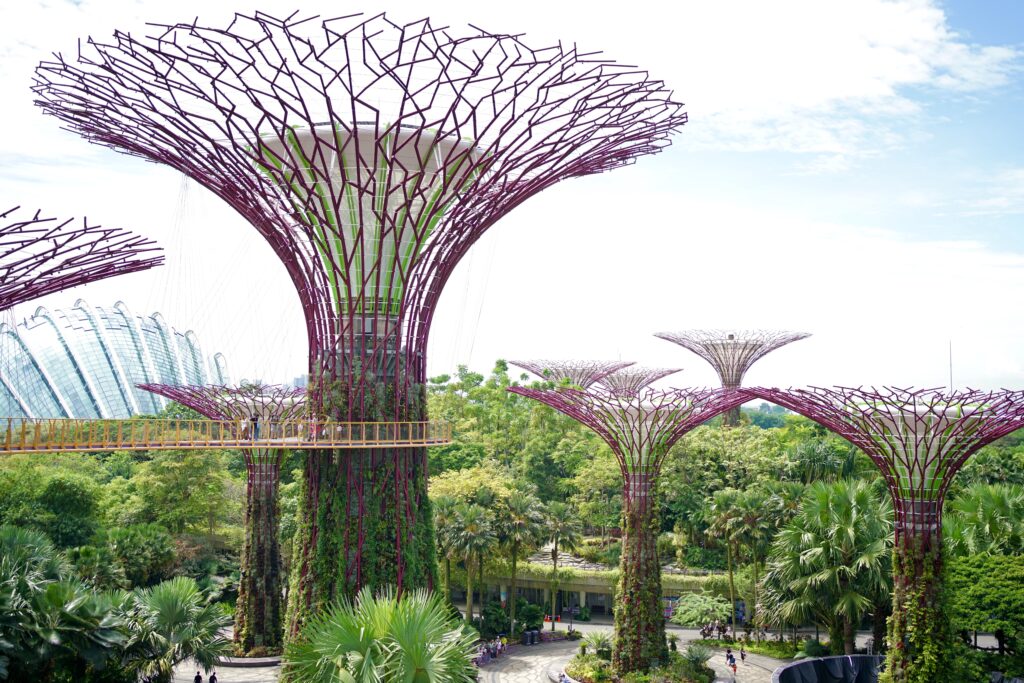
Singapore is best known for its Supertrees, vertical gardens that tower above Marina Bay. These Supertrees are found in Gardens by the Bay, a public park that operates like a botanical garden. Admission to the gardens is free but you need tickets to visit attractions like the skywalk in Supertree Grove, Cloud Forest, and Flower Dome.
If you’re short on time at Gardens by the Bay, make sure to visit the Cloud Forest and Supertree Grove, these are some of the top sights in Singapore that you need to check off your bucket list.
See the Merlion Statue and Marina Bay
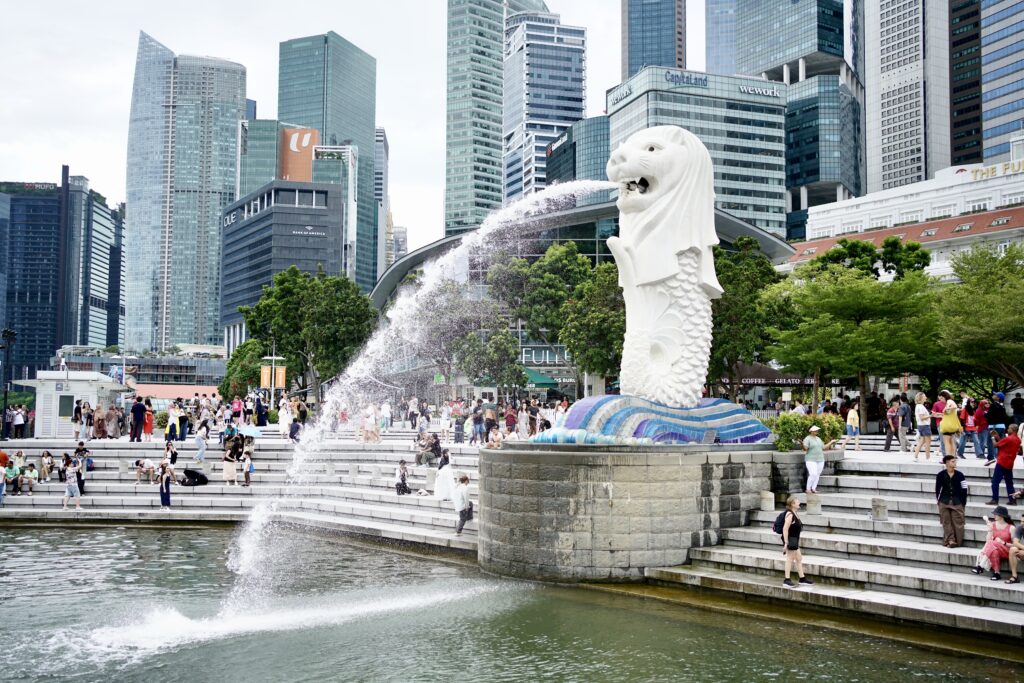
What’s so special about a statue that’s half mermaid, half lion? Not much, but this landmark attracts visitors for its view of Marina Bay. Marina Bay is the heart of downtown Singapore. From the Merlion statue, you can see the view of the famous Marina Bay Sands, a luxury hotel and casino that resembles a boat in the sky.
Stroll down the riverwalk by Clarke Quay
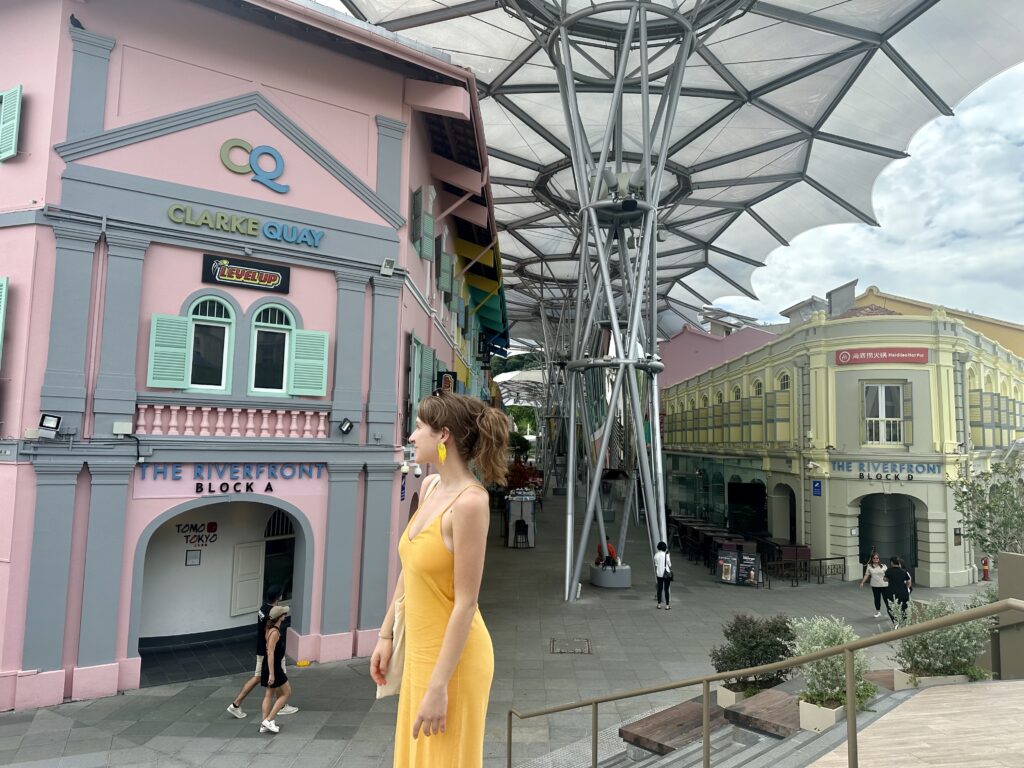
Walk up the Singapore River from Marina Bay to the Clark Quay area. On your stroll up the river, you’ll see colorful buildings and (if you’re lucky) wild otters.
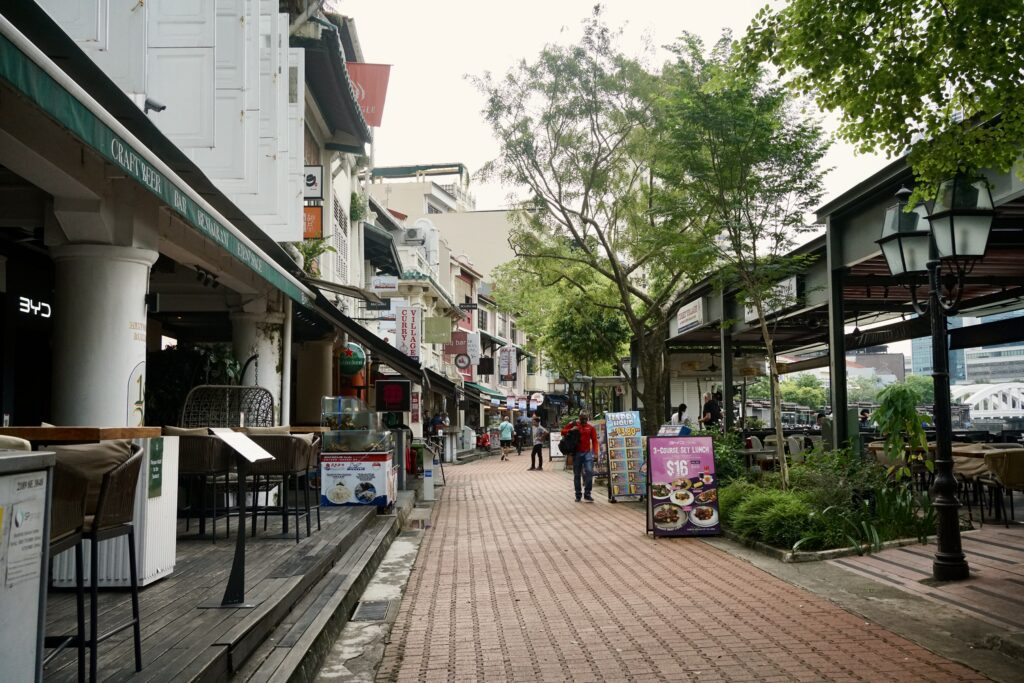
Clarke Quay (pronounced like key) is a going-out neighborhood by night and an outdoor mall by day. Although it’s a commercialized area, there are cool spots like the listening cafe and bar Swee Lee in the outdoor mall complex.
Eat at hawker centres
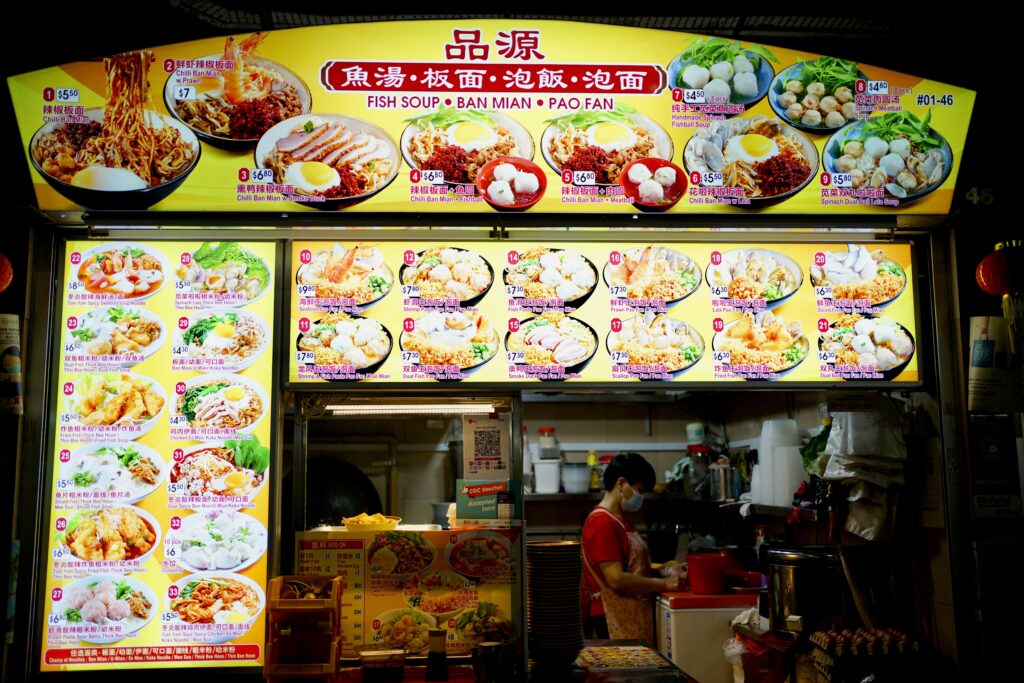
Locals and tourists alike dine at hawker centres to taste Singapore’s best cuisine. A hawker centre is an open-air food court with hawker stalls serving food from all across Asia. The best food in Singapore is found in hawker centre where you can get a Michelin-starred meal for under 10 dollars.
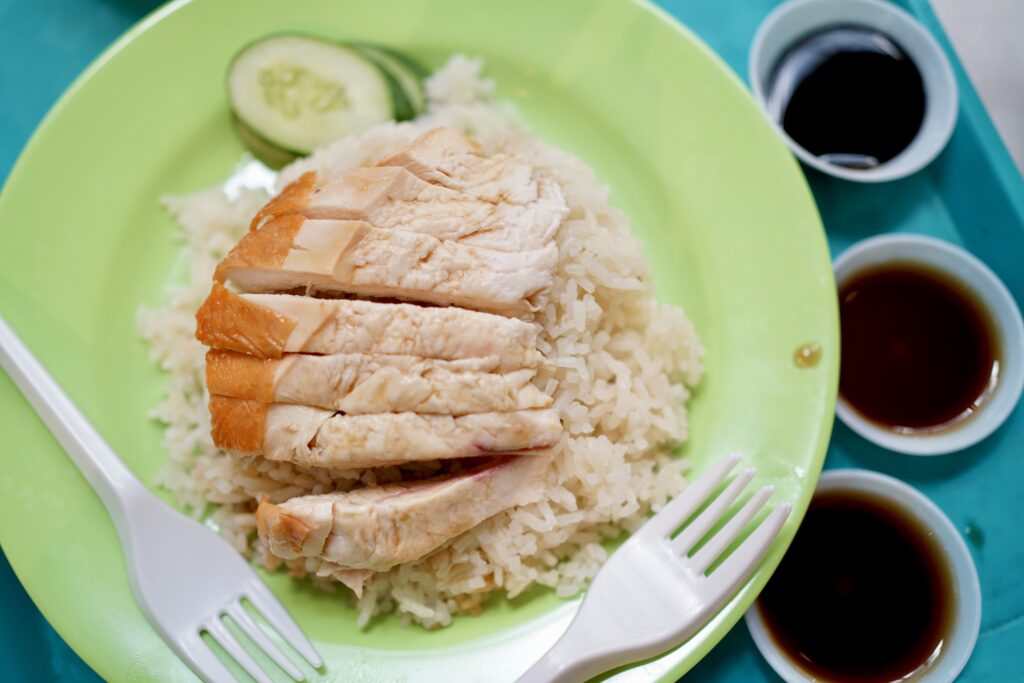
The most historic of all the hawker centers is Lau Pa Sat in downtown, but hawker centres can be found in every neighborhood. No matter where you go, be sure to try Singapore hawker staples like Hainanese chicken, laksa, and satay.
Explore Chinatown
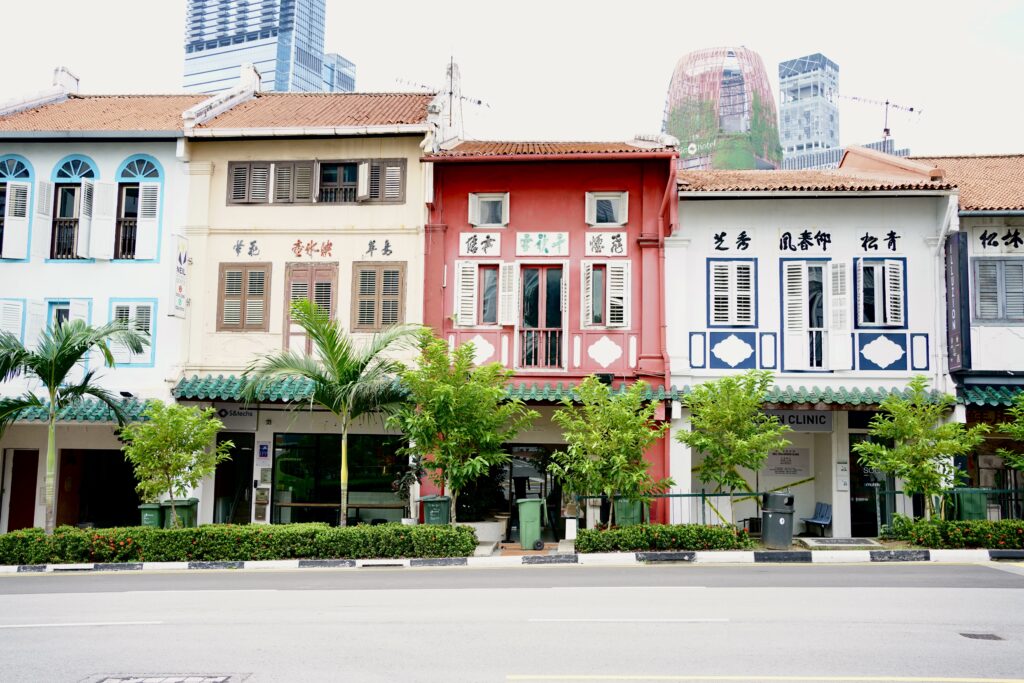
Singapore has a big Chinese heritage, so there’s no better place to experience it than Chinatown. This neighborhood is home to Chinese hawker centres, temples, and charming shophouse architecture.
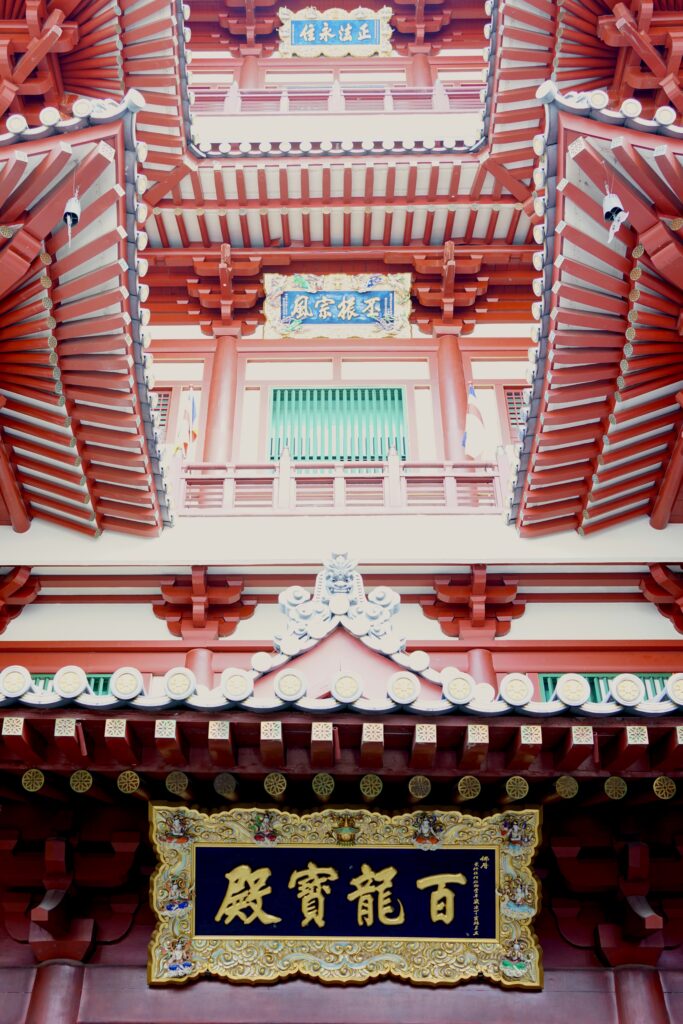
The largest hawker center in Singapore is the Chinese Complex Market across from the famous Buddha Tooth Temple. Both spots are essential stops on your tour of Chinatown. But, don’t miss out on other Chinatown gems like Maxwell Center and Thain Hock Temple.
Admire the Peranakan Houses in Joo Chiat
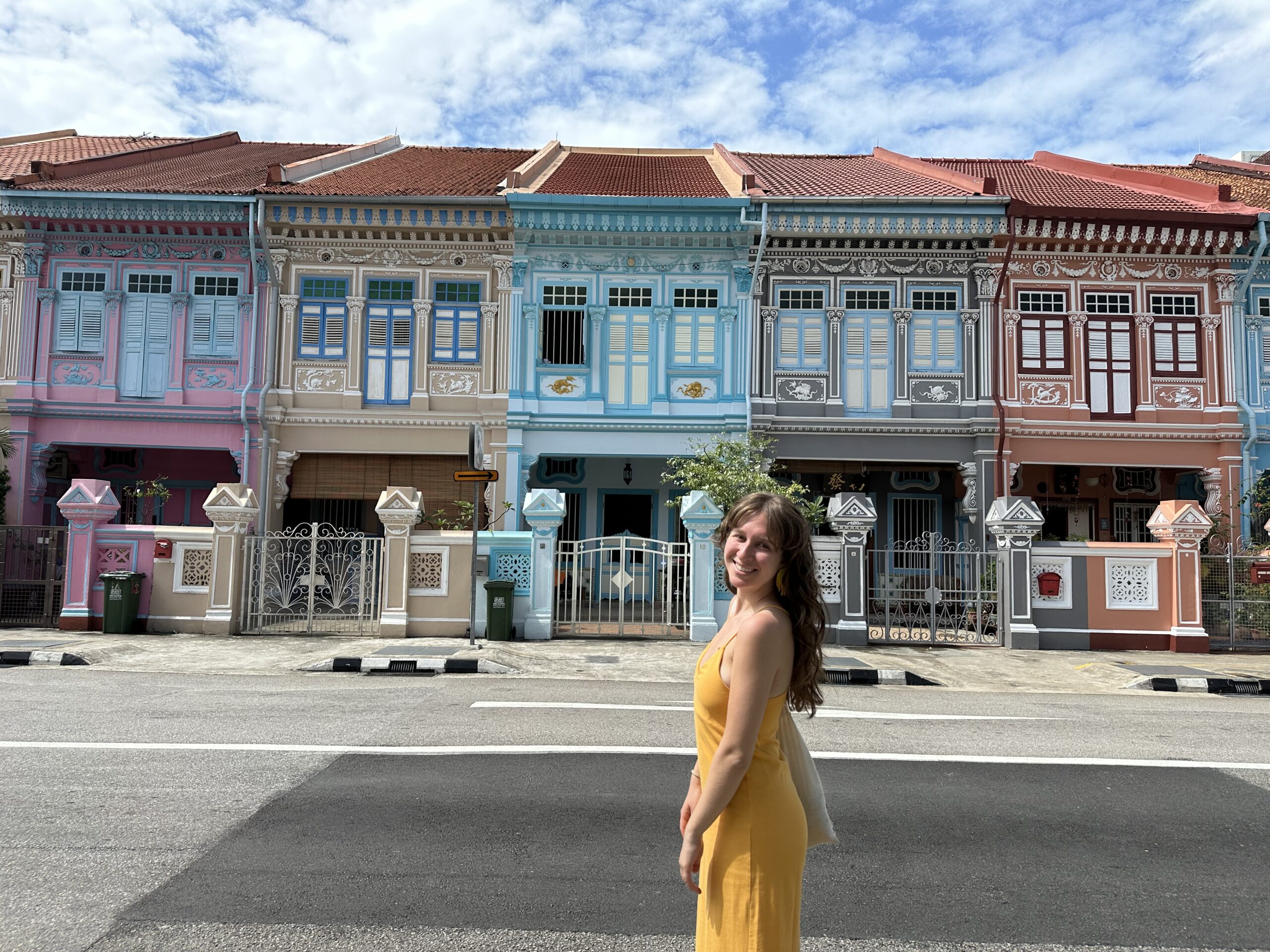
A bit outside of the hustle and bustle of downtown is Joo Chiat, a residential yet lively neighborhood. Joo Chiat is home to the iconic Peranakan Houses, colorful, intricate, and traditional shophouses that define Singapore’s heritage.
Peranakan is a Malay term that describes something or someone of mixed heritage. It is the term many Singaporean-born people use to describe themselves because of their Malay, Chinese, and Indonesian backgrounds.
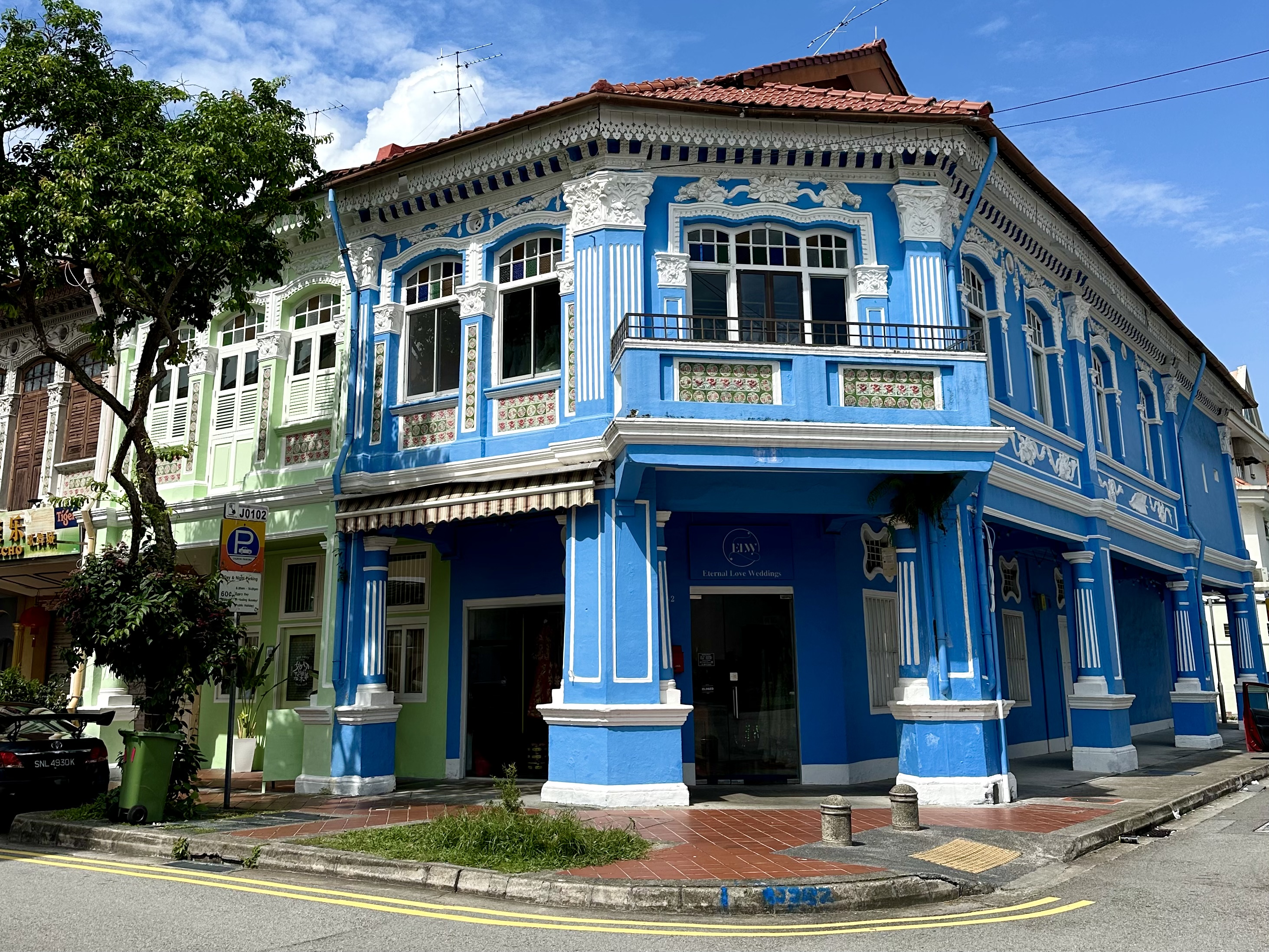
Joo Chiat is a great place to spend the morning popping in and out of shops. The postcard picture houses are on Kool Seng Road but you’ll see plenty of beautiful shophouses throughout Joo Chiat.
The easiest way to reach Joo Chiat is by car.
Even more things to do
Because it’s a popular layover city, most people only spend a short amount of time in Singapore. But, if you have extra time, here are more things to add to your itinerary. I’ve ranked these spots in order of my favorites.
Explore more local neighborhoods like Tiong Bahru and Geylang
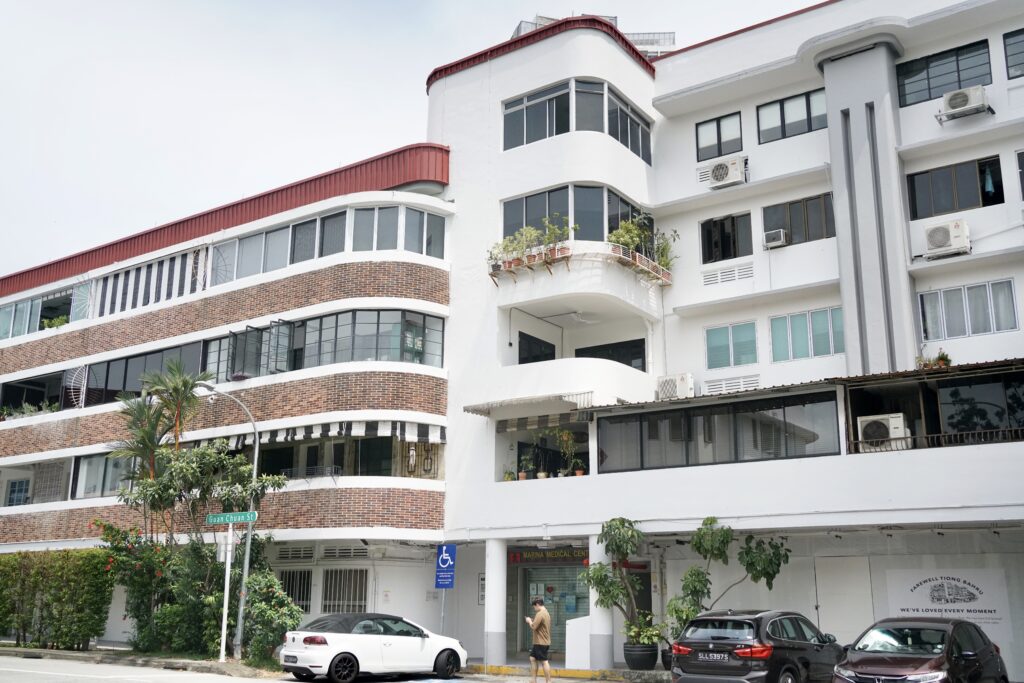
Tiong Bahru is one of the oldest residential neighborhoods in Singapore but it feels like a breath of fresh air. The neighborhood is dotted with small gift shops and bakeries on a backdrop of white Art Deco architecture. It’s a pretty place to spend the morning wandering. Tiong Bahru can be easily reached by subway.
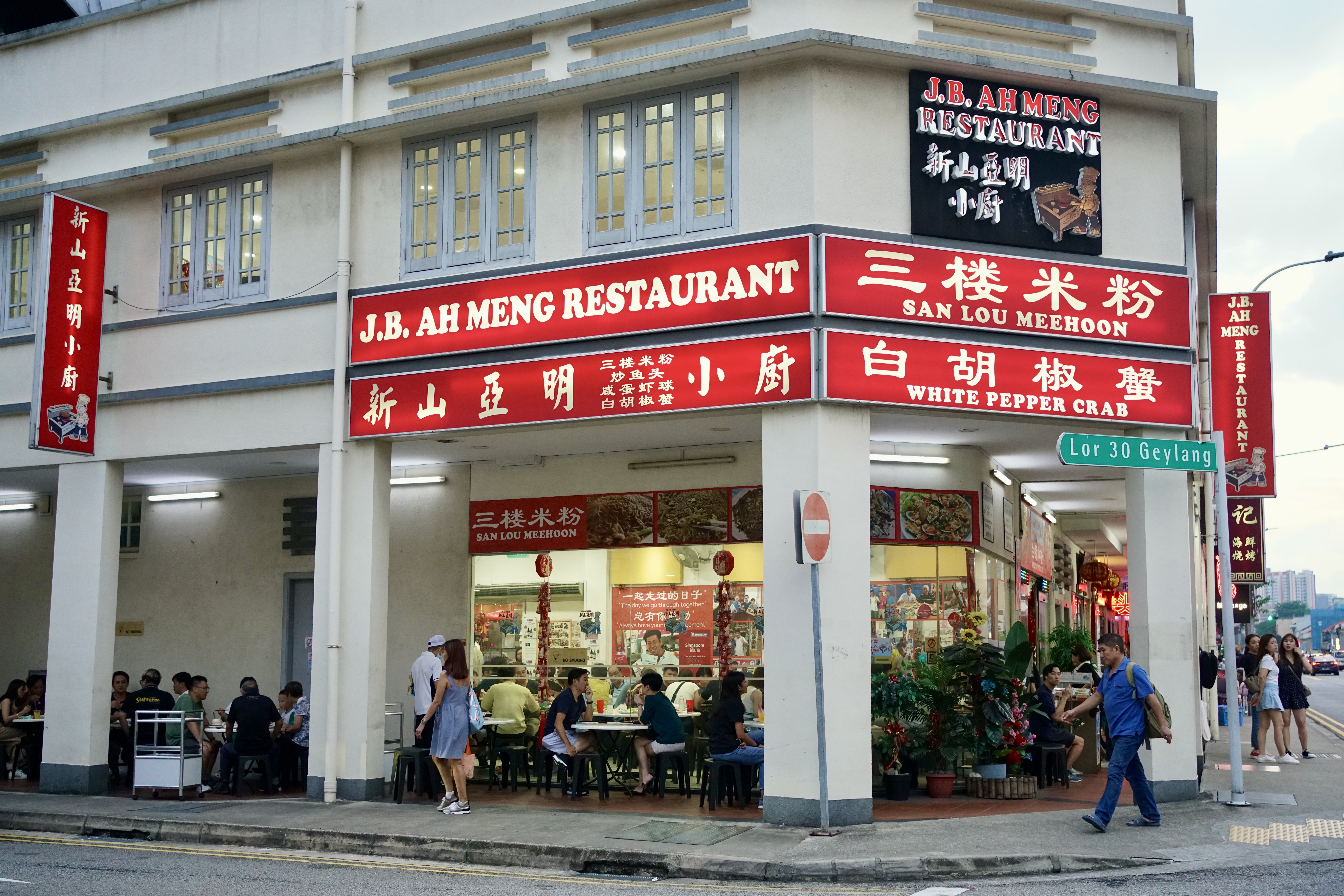
For a self-guided food tour you won’t forget, go to Geylang Road. The Geylang neighborhood used to be Singapore’s red light district. Today, the main drag is home to some of the best eats in Singapore. Go to J.B. Ah Meng (an Anthony Bourdain favorite) for their famous white pepper crab or go to Haig Road Putu Piring for a sweet treat.
Duxton Plain Park
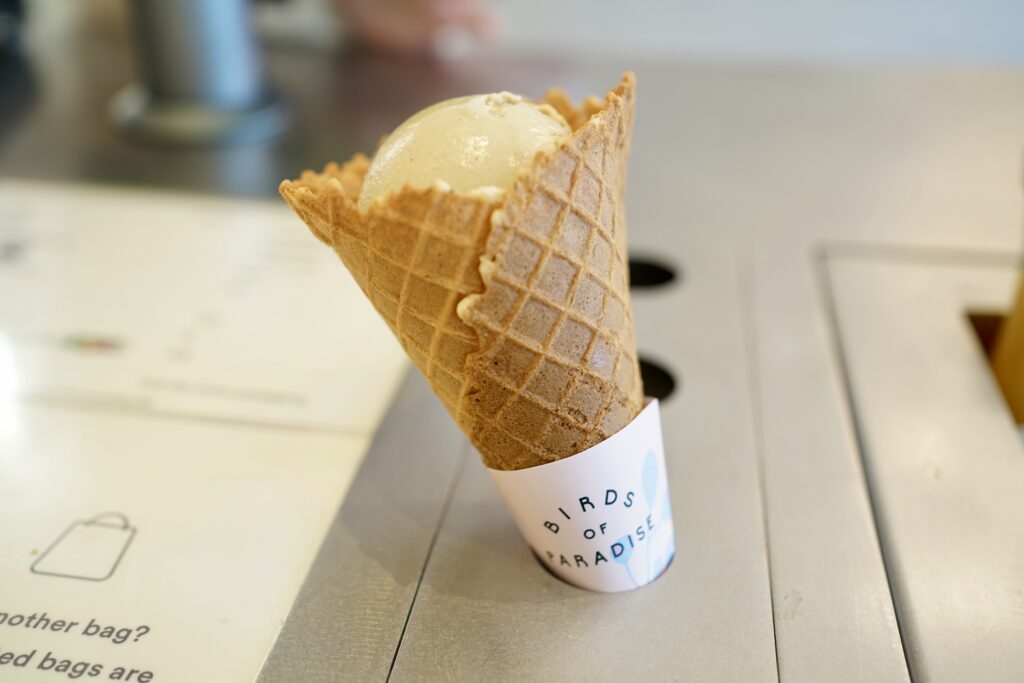
On the outskirts of Chinatown is Duxton Plain Park, an old railroad route that has been transformed into a quiet pedestrian thoroughfare. Get ice cream at Birds of a Feather and stroll through the park.
Visit Kampong Glam and Haji Lane in the Muslim Quarter
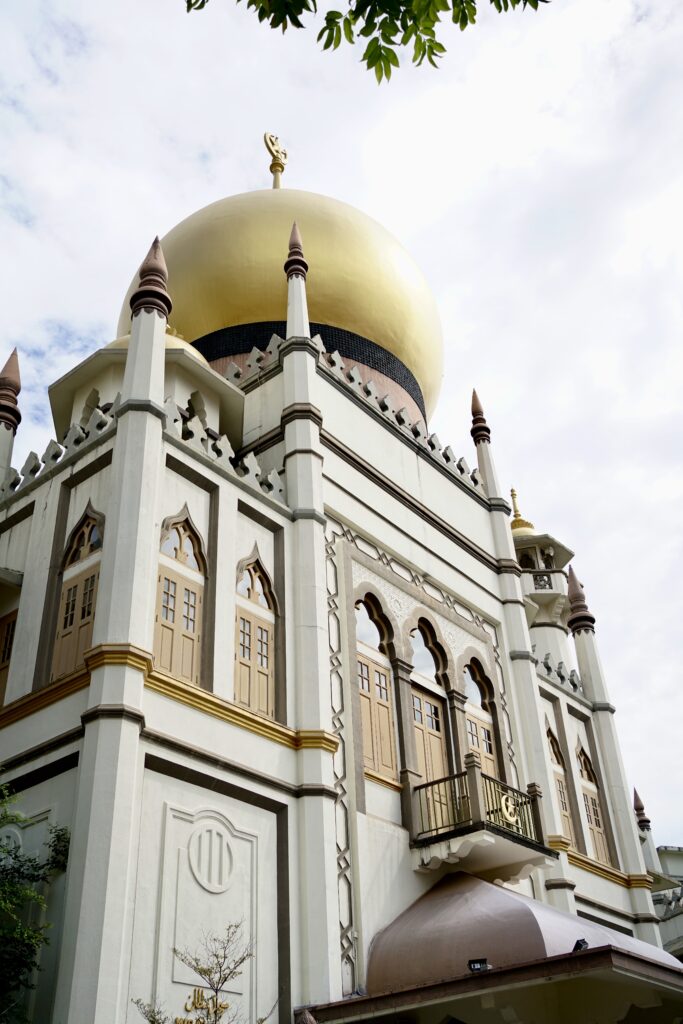
Kampong Glam is Singapore’s muslim quarter. The sight to see is the Sultan Mosque. Entry is free to the mosque during visiting hours but the outside is much prettier than the inside, so there’s no real need to enter.
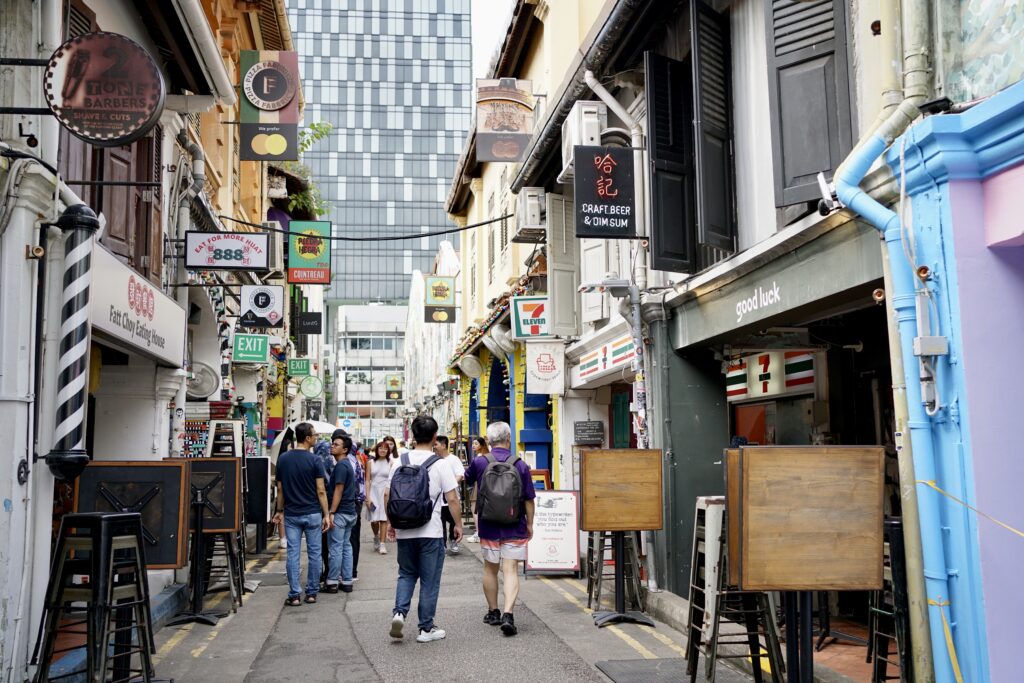
A short walk from the mosque is Haji Lane, an alley-like street with many coffee shops and souvenir stores. You’ll read about Haji Lane on most other blogs, but, honestly, it’s overhyped. It’s giving 2010 millennials on Instagram.
The mosque and architecture on other streets give a better portrait of the Muslim neighborhood.
Wander the streets of Little India
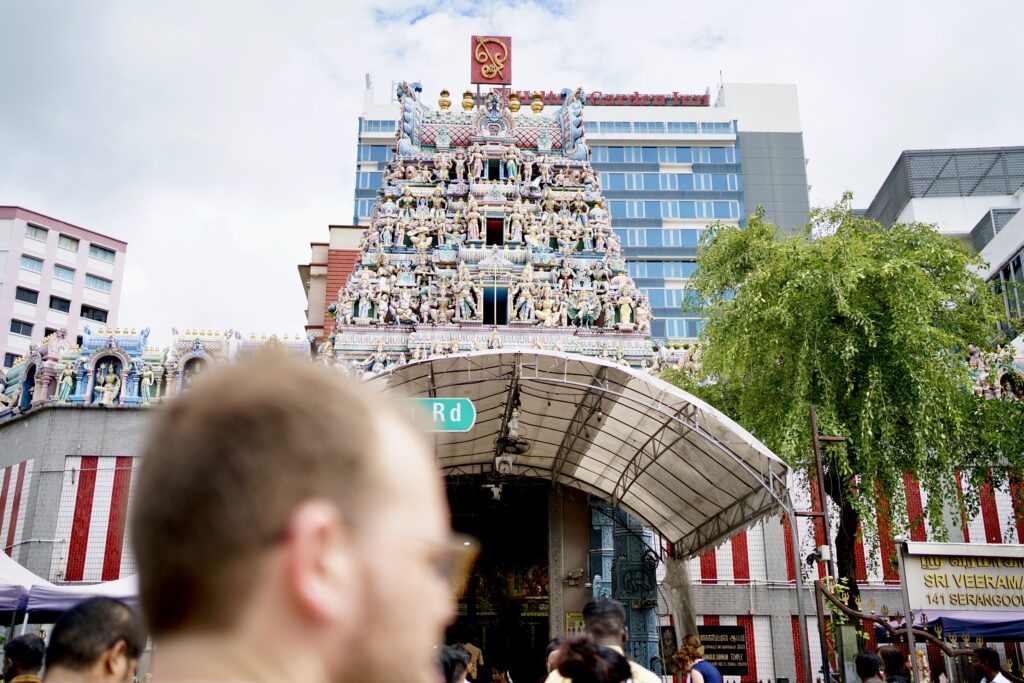
North of Kampong Glam is Little India, the Indian neighborhood of Singapore. In Little India, there are many Indian grocery stores, gold shops, and street vendors selling flowers for offerings to the Hindu gods. The main point of interest is the Sri Veeramakaliamman Temple but wandering the streets is the best part.
See the Sri Mariamman Temple
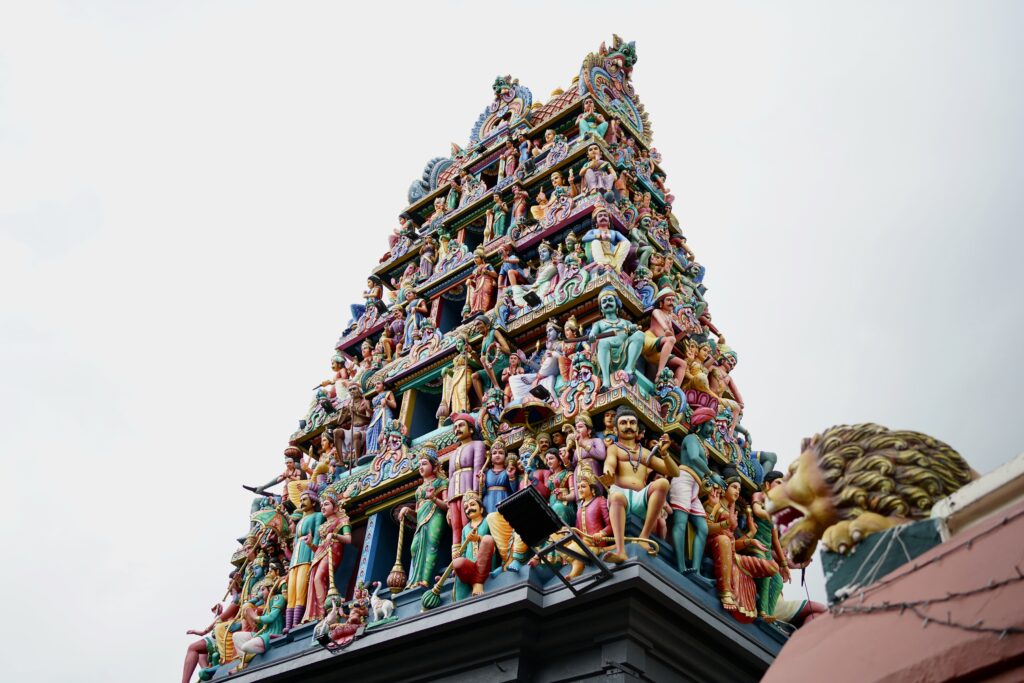
Speaking of Hindu temples, in Chinatown you might run into the Sri Mariamman Temple. It’s not as grand as Sri Veeramakaliamman in Little India but it’s a good place to get a taste of Hindu culture in the more central part of downtown Singapore. This is another place of worship that you can just admire from the outside. The inside isn’t anything special.
Enjoy a Singapore Sling at The Raffles Hotel
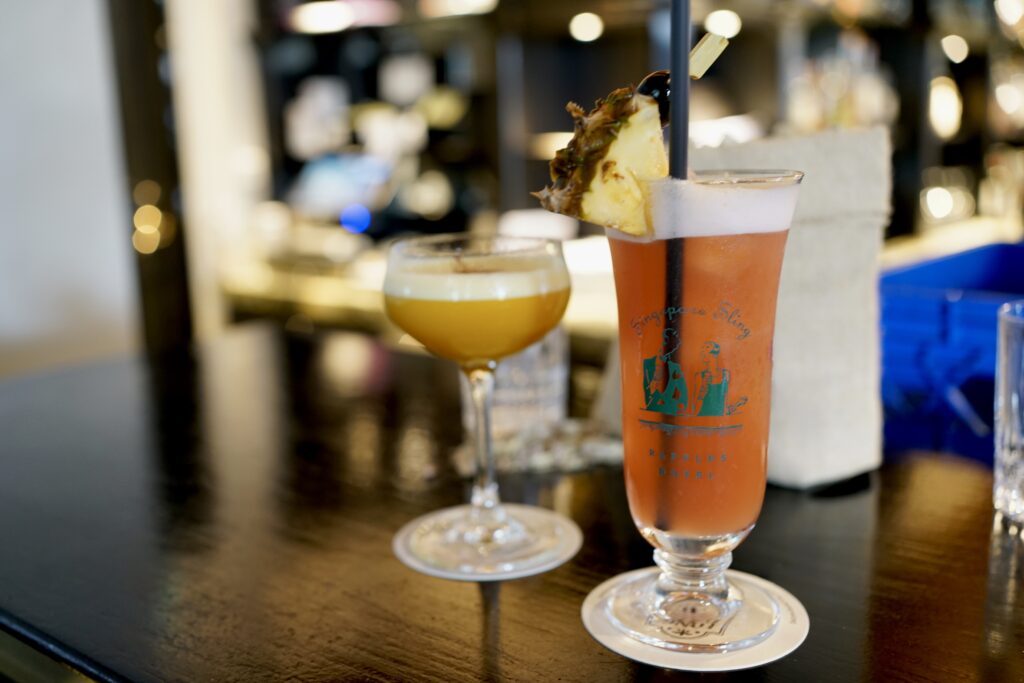
The birthplace of the Singapore Sling cocktail is at The Long Bar within the Raffles Hotel. The cocktail bar has a colonial tropical vibe and serves free peanuts. The free peanuts help soften the blow of paying 41 SGD for the famous Singapore Sling cocktail. If you’re planning to walk into the bar, go at off-peak hours from 3 to 4 p.m. If you go any later, be prepared to wait.
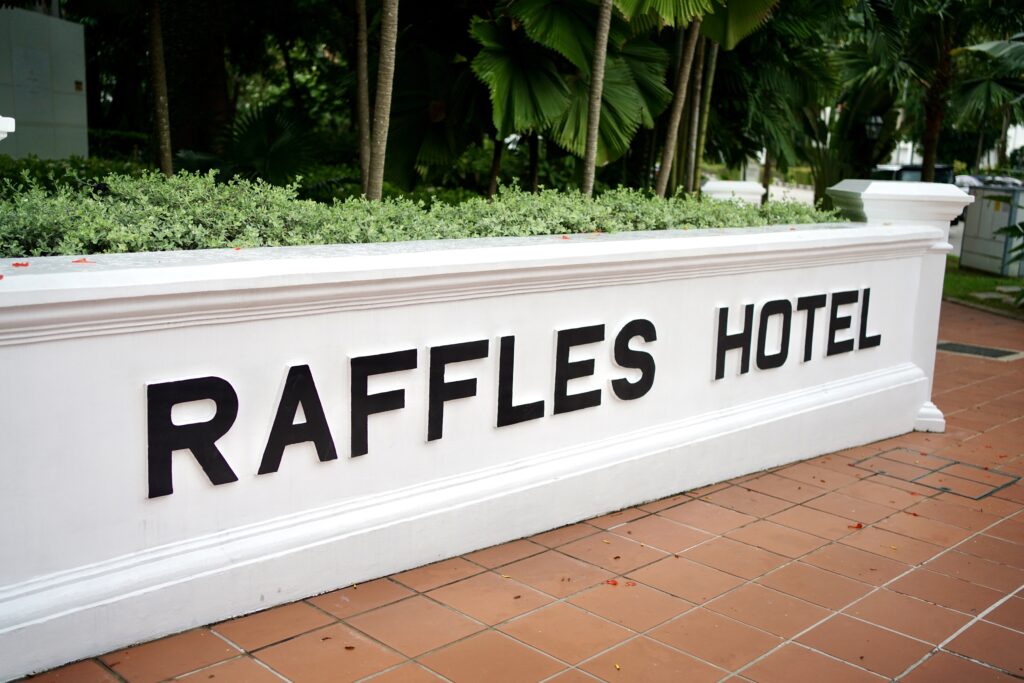
Visiting the Raffles Hotel is a part of a historical tour of Singapore. It’s not just the hotel in Crazy Rich Asians…the hotel is named after Sir Raffles, the British man who is responsible for Singapore speaking as much English as they do. The building itself is in a colonial style which is a stark contrast to all the glass and steel in downtown Singapore.
Explore Fort Canning Park
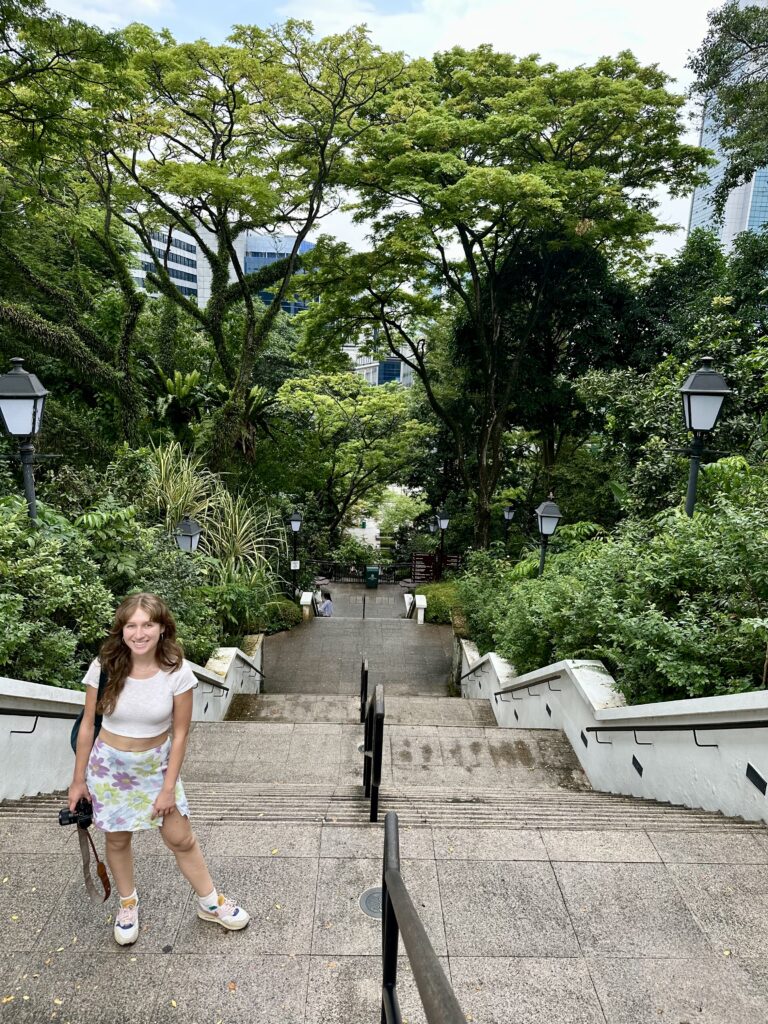
For more colonial history and even more nature, go to Fort Canning Park. The park is set on a hill and is a great place to stroll for a relaxing morning or afternoon.
Shop at Orchard Road
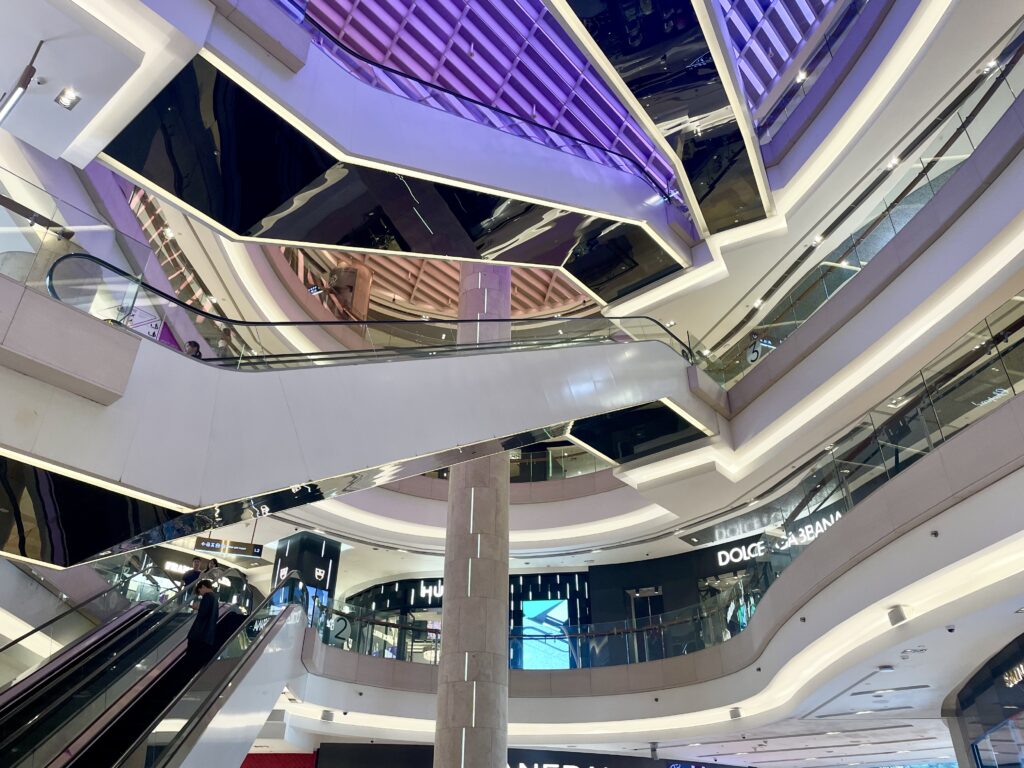
Whoever said Singapore is one giant mall, spent their entire time in the Orchard Road area. Orchard Road is home to a network of indoor malls with luxury stores like Louis Vuitton and Prada, but also regular stores like Uniqlo and Zara.
That Planner Friend Tip: There are many hotels near Orchard Road with access to the metro but I do not recommend staying here. It’s far from everything and doesn’t give an accurate portrayal of Singapore.
Go to Sentosa Island
If you’re looking for a resort-style vacation, stay or spend the day at Sentosa Island. This island was made to attract tourists with a man-made beach and a Universal Studios theme park.
Where to stay
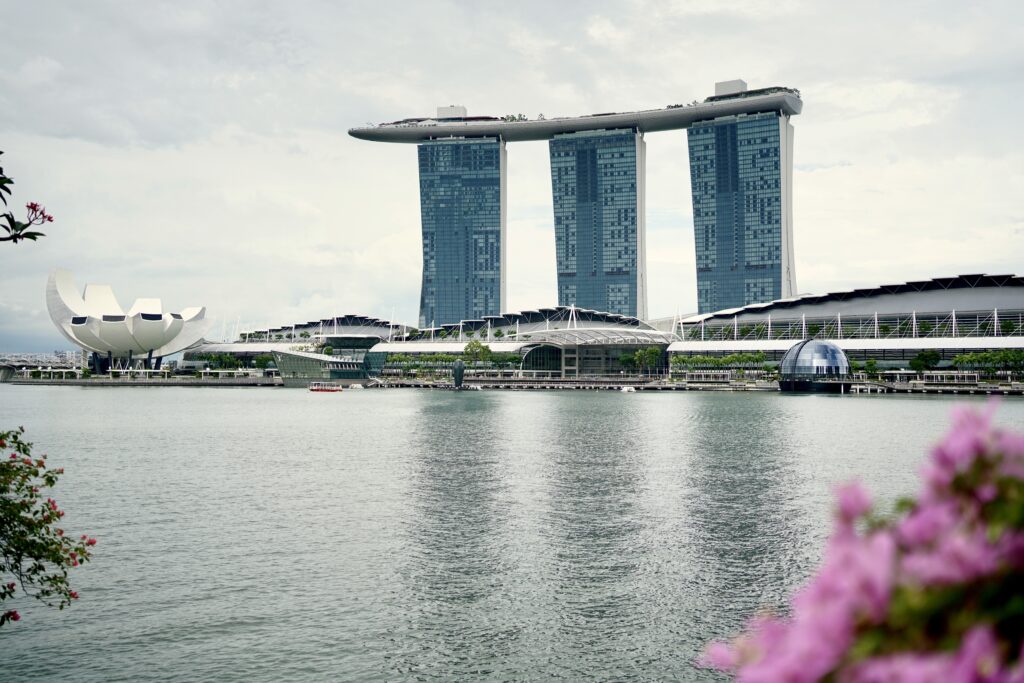
The best places to stay in Singapore are Marina Bay and Chinatown. Marina Bay is the obvious choice for most travelers because it’s in the center of the city and close to most of the sights. But, Marina Bay comes with a high price tag, especially if you’re hoping to book the famous Marina Bay Sands.
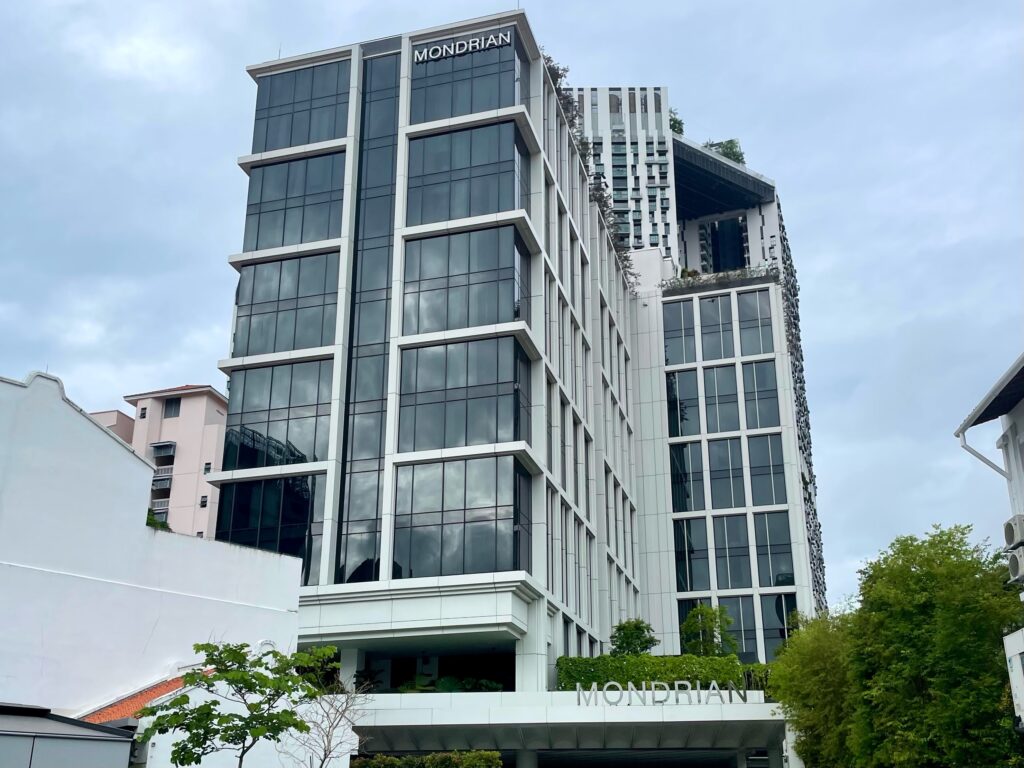
Chinatown is another great place to stay at a more affordable price point. It has a neighborhood feel with access to everything either a walk or subway ride away. I highly recommend the Mondrian on Duxton Hill.
Getting around
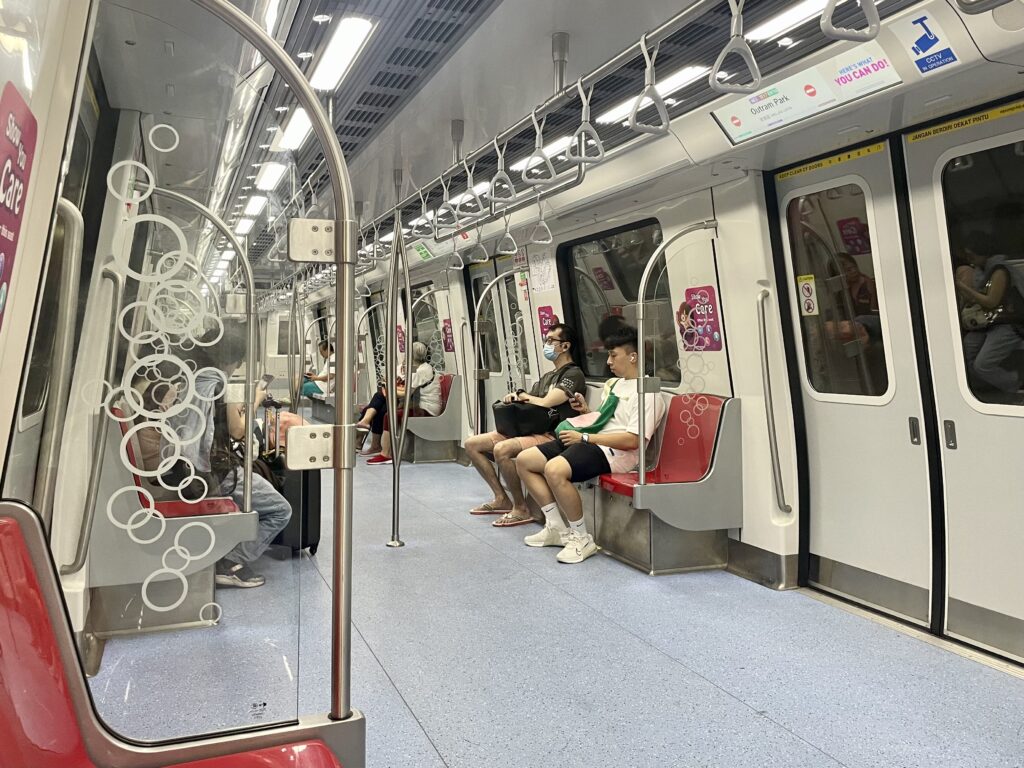
By subway (MRT)
Singapore has one of the best public transit systems in the world. It’s efficient, clean, and safe. The Mass Rapid Transit (MRT) is the official name for the subway system. You’ll need to purchase an EZ-Link card and put money on it to enter and ride the subway. Fares are calculated based on how far you travel but each trip is typically under 1.50 SGD. You may need to purchase your EZ-Link card in cash, so make sure you have cash on you.
By rideshare
The most popular rideshare app in Singapore and Southeast Asia is Grab. Download the Grab app for affordable rides across the city.
By foot
The central part of Singapore is very walkable. I recommend walking whenever you can to get a feel for the city and the neighborhoods you walk through.
Budgeting
Singapore is one of the most expensive cities in the world, but you can still enjoy yourself on a budget.
Lodging. For lodging, opt for more affordable cultural neighborhoods like Chinatown. The further you go from Marina Bay, the cheaper your accommodation will be.
Dining. You can expect sit-down restaurants to be expensive, so enjoy dinner at hawker centres instead to save money. Alcohol is heavily taxed in Singapore which makes cocktails more expensive.
Transporation. Transportation around Singapore is affordable with subway rides for as little as one dollar.
Shopping. If you go shopping on Orchard Road, it will be pricier than shopping back home, even with the exchange rate.
Attractions. The only tourist attractions we bought tickets for were the Cloud Forest, Flower Dome, and OCBC Skywalk at Gardens by the Bay.
Currency
The Singapore Dollar (SGD) is the official currency of Singapore. Although credit cards are accepted in most places (even AMEX), you’ll need to take out cash to get a subway EZ-Link card. The exchange rate is typically 1 SGD to .75 USD, giving U.S. travelers a bit of a financial advantage. Bring US cash with you on the trip to exchange it upon arrival at the airport.
Airport
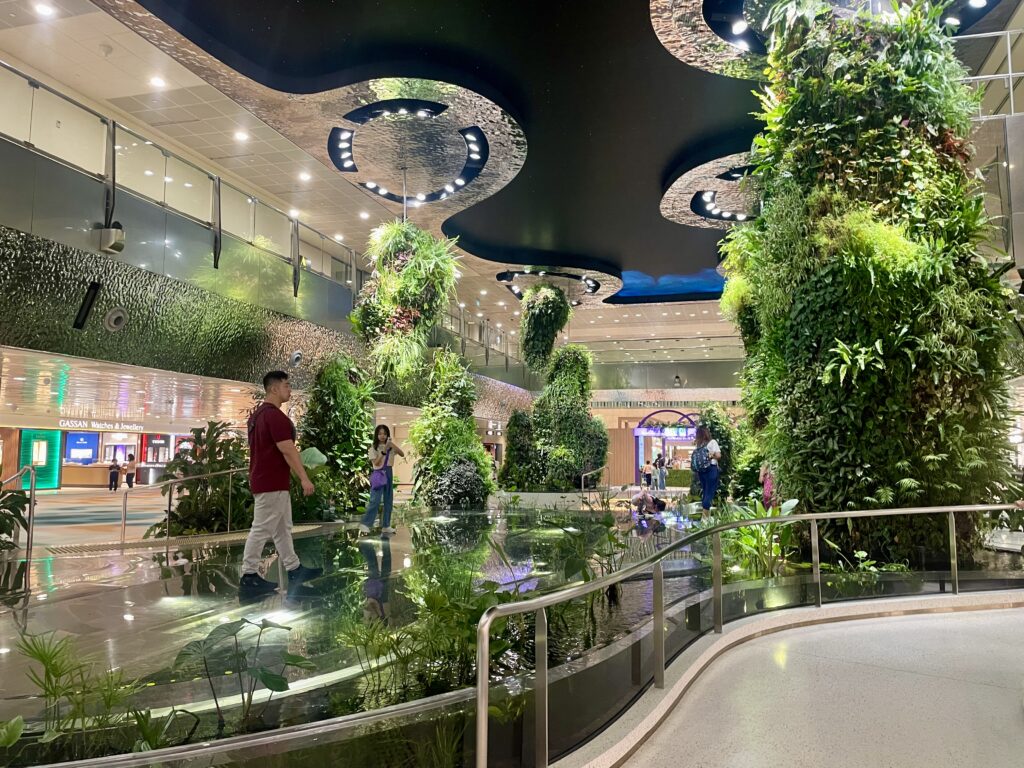
Singapore Changi Airport is famous for being one of the best airports in the world. Tourists carve out time to visit The Jewel Changi, an indoor waterfall at the airport. At the end of the day, Changi Airport is just another airport. I wouldn’t spend more time than you need to here because there are plenty of authentic sights to explore in Singapore.
When catching a departing flight out of Singapore be mindful that you’ll need to go through security at the gate. This means you’ll need to go to the bathroom, eat, or shop before you sit down at your gate.
The food at the Singapore airport is surprisingly affordable. There are mini hawker centres within the airport where you can benefit from the same affordable hawker prices one last time before you depart.
Reply